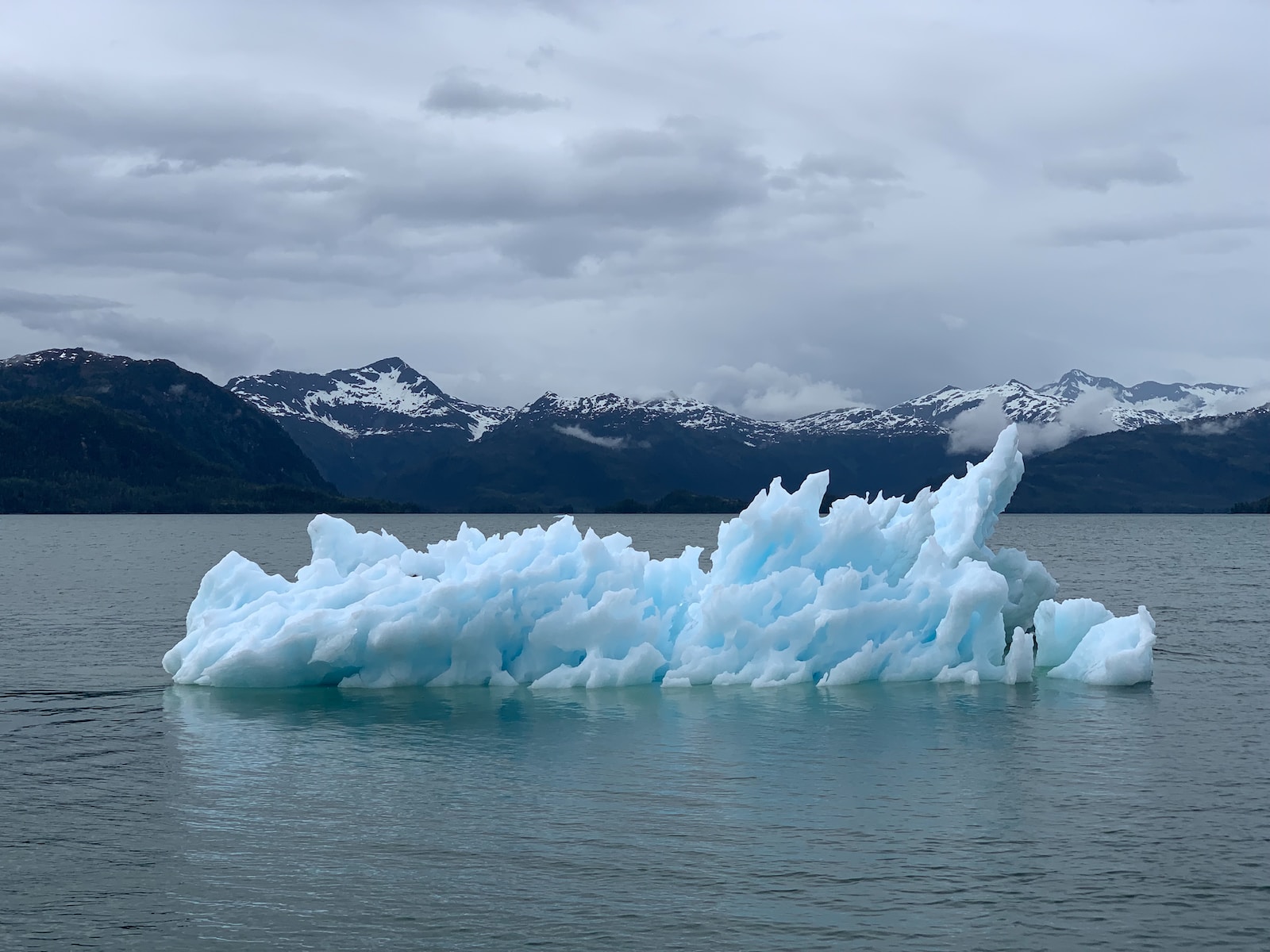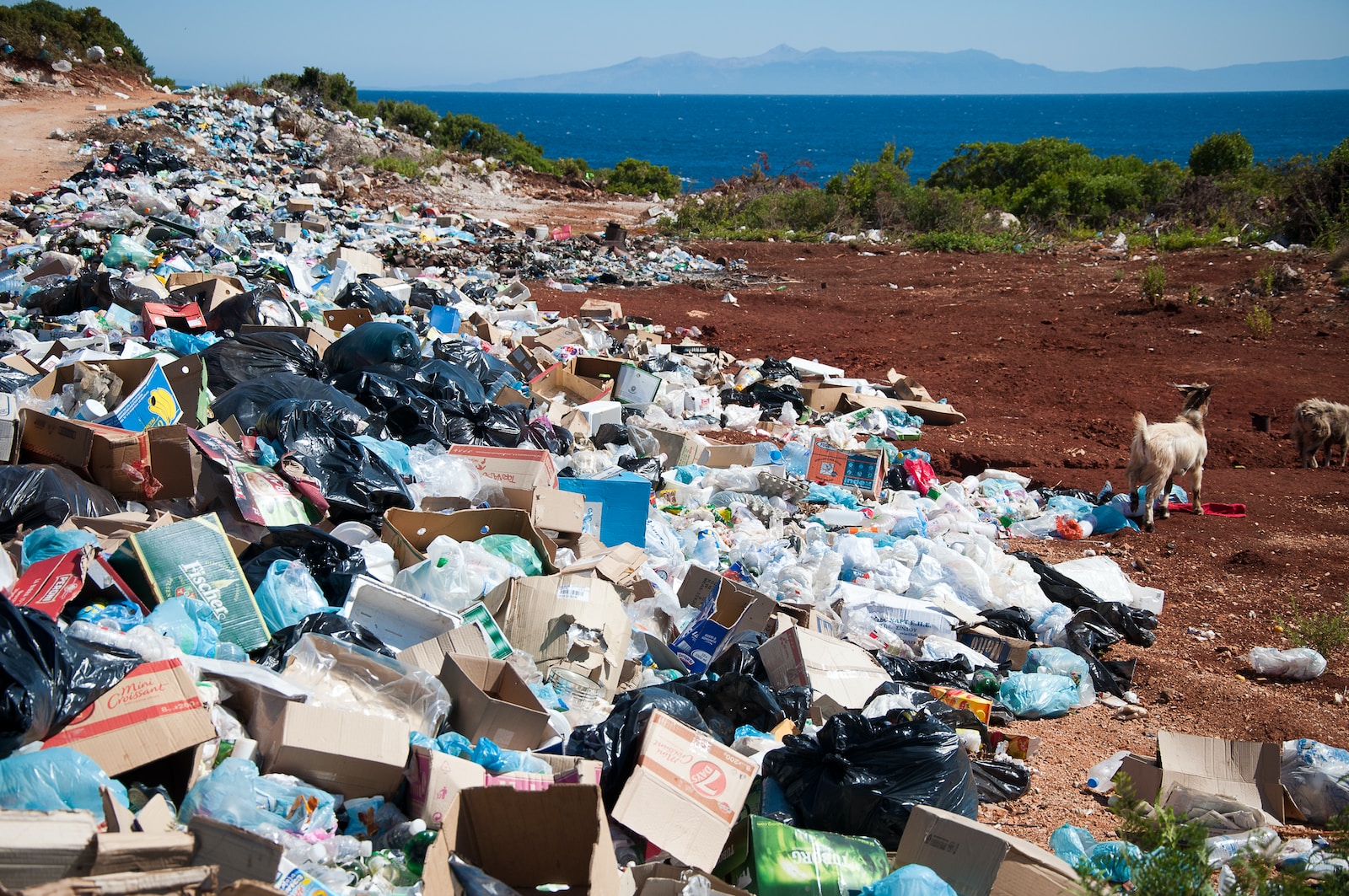Introduction
Defining Climate Change and Global Warming: Two Sides of the Same Coin
Climate change and global warming are two terms that often get thrown around interchangeably, but they actually have distinct meanings. Climate change refers to the long-term alteration of weather patterns and environmental conditions. It encompasses changes in temperature, precipitation levels, wind patterns, and more.
On the other hand, global warming specifically focuses on the rising average temperature of the Earth’s surface due to human activities. While climate change is a broader concept, global warming is a significant component within it.
The Significance of Understanding the Difference
Understanding the distinction between climate change and global warming is crucial for various reasons. Firstly, it allows us to grasp the complexity of environmental issues we face today.
By recognizing that climate change encompasses more than just rising temperatures, we can better appreciate its multifaceted impacts on ecosystems and societies worldwide. Additionally, acknowledging global warming as a subset of climate change helps us pinpoint specific causes like greenhouse gas emissions from human activities.
This understanding is essential for effective mitigation strategies and policy-making aimed at reducing our carbon footprint and adapting to the changing environment. In order to truly comprehend the gravity of these challenges, let’s dive deeper into each term individually: exploring their definitions in greater detail as well as delving into why it is so important to recognize their differences
The Big Picture: Climate Change
Weather Patterns in Flux
Picture this: climate change is like the conductor of a wild symphony, orchestrating a long-term shift in weather patterns. It’s not just about that one blizzard or a scorching hot summer; it’s about how these events connect and evolve over time.
Climate change affects the delicate balance of our planet’s atmosphere, altering the frequency and intensity of extreme weather events. From heatwaves to hurricanes, floods to droughts, we are witnessing an increase in the occurrence and severity of such phenomena.
A Multitude of Culprits
Now let me introduce you to the suspects behind this climatic turmoil. Greenhouse gases play a starring role in contributing to climate change.
We humans are responsible for pumping copious amounts of carbon dioxide, methane, and nitrous oxide into the atmosphere through activities like burning fossil fuels and deforestation. These gases trap heat in our planet’s atmosphere, leading to what scientists call the “enhanced greenhouse effect.” So yes, when you fill up your gas-guzzling car or witness yet another patch of trees vanish for urban development, you’re inadvertently playing your part in fueling climate change.
Nature Out of Balance
The impacts of climate change extend far beyond thermometers going haywire. Ecosystems around the globe are grappling with this new normal.
Rising temperatures destabilize ecological communities by disrupting crucial interactions between species. Think about polar bears struggling to find food as sea ice melts or coral reefs bleaching due to warmer waters.
Biodiversity takes a major hit as habitats shrink or transform beyond recognition. Even we humans face deep-seated challenges – from altered agricultural patterns impacting food security to increased health risks due to more frequent heatwaves and infectious diseases on the rise.
So here we stand amidst an intricate web of interconnected consequences, as climate change unleashes its wrath upon the planet. But fear not, for understanding the big picture is the first step towards finding ways to mitigate and adapt to these changes.
Global Warming: The Rising Temperature
Explanation of global warming as a specific aspect of climate change
Global warming is like the sizzling superstar within the larger phenomenon of climate change. It focuses on the temperature rise that occurs due to increased greenhouse gas concentrations in our atmosphere. When we burn fossil fuels, such as coal, oil, and gas, or engage in deforestation activities, we release carbon dioxide (CO2) and other greenhouse gases into the air.
These gases act like a thick blanket around our planet, trapping heat from the sun and preventing it from escaping back into space. As a result, the Earth’s surface temperature starts to climb higher and higher.
Role of greenhouse gases in trapping heat in the Earth’s atmosphere
Greenhouse gases are like nature’s own cozy comforters for our planet. They include carbon dioxide (CO2), methane (CH4), nitrous oxide (N2O), and a few others that have an uncanny ability to absorb infrared radiation emitted by the Earth’s surface.
Just think about it—these gases essentially trap heat within our atmosphere by forming an invisible barrier that keeps warmth from bouncing back out into space. It’s like being wrapped up snugly in multiple layers on a chilly winter night.
Evidence for rising global temperatures (temperature records, ice melt, etc.)
If someone tries to tell you that global warming is just a figment of scientists’ imaginations or a conspiracy cooked up by politicians with hidden agendas, prepare yourself for some serious truth bombs! Multiple lines of evidence point towards an undeniable increase in global temperatures over recent decades. Firstly, temperature records from thousands of weather stations worldwide consistently show an uptick—yes folks, it’s getting hotter out there!
Furthermore, satellite measurements confirm this trend by providing a broader perspective on temperature changes across the entire globe. But wait, there’s more!
The melting ice in places like the Arctic and Antarctica is another telltale sign of global warming. As temperatures rise, glaciers and polar ice caps start to shrink faster than a scoop of ice cream on a scorching summer day.
And let’s not forget about our beloved snow-capped mountains—they’re losing their sparkling white coats at an alarming rate. This evidence all points to one conclusion: global warming is very real and happening right under our noses (and feet)!
Causes and Effects: Digging Deeper
Natural Causes vs Human-Induced Factors
When it comes to climate change, it’s crucial to understand the distinction between natural causes and human-induced factors. Naturally occurring events like volcanic activity can release large amounts of greenhouse gases into the atmosphere.
However, while volcanic emissions have an immediate impact, they are relatively short-lived in terms of influencing long-term climate change. On the other hand, human activities such as burning fossil fuels like coal, oil, and gas release massive amounts of carbon dioxide (CO2) into the atmosphere.
This excess CO2 traps heat from the sun within our planet’s atmosphere, leading to a gradual increase in global temperatures over time. So while natural events do contribute to climate fluctuations, it is human-induced factors that are primarily responsible for long-lasting global warming.
Feedback Loops Amplifying Global Warming
One fascinating aspect of climate change is feedback loops that can amplify global warming. One example is the albedo effect: when ice or snow melts due to rising temperatures, it exposes darker surfaces such as land or ocean water that absorb more sunlight and warmth. This increased absorption further accelerates melting and contributes to a positive feedback loop of even more warming.
Another concerning feedback loop involves permafrost thawing in Arctic regions. As permafrost thaws due to rising temperatures, it releases significant amounts of methane—a potent greenhouse gas—into the atmosphere, which in turn further amplifies global warming.
Consequences on Sea Levels, Extreme Weather Events, Agriculture
The consequences of global warming extend far beyond just a rise in temperature; they impact various aspects of our planet’s systems. Rising temperatures cause polar ice caps and glaciers to melt at alarming rates, leading to elevated sea levels that pose a threat to coastal communities worldwide. Extreme weather events such as hurricanes, heatwaves, and droughts have become more frequent and intense due to the disruption of climatic patterns caused by global warming.
Additionally, agriculture is greatly affected as changing weather patterns, including irregular rainfall and prolonged heatwaves, influence crop yields and food production. These consequences highlight the urgency for action in mitigating climate change and adapting to its effects.
By examining the causes of climate change, understanding feedback loops that amplify global warming, and recognizing the wide-ranging effects on sea levels, extreme weather events, and agriculture, we can start to grasp the complexity of this pressing issue. It is crucial for individuals, communities, governments, and industries to work together in implementing sustainable practices that lead us towards a more resilient future.
Mitigation and Adaptation Strategies
Efforts to reduce greenhouse gas emissions have become crucial in combating climate change. One of the most prominent strategies is the promotion of renewable energy sources such as solar, wind, and hydropower.
Transitioning from fossil fuels to these cleaner alternatives not only reduces greenhouse gas emissions but also promotes sustainable development. Another approach gaining traction is carbon capture technology, which involves capturing CO2 emissions from industrial processes and storing them underground, preventing their release into the atmosphere.
International agreements and policies play a vital role in addressing climate change on a global scale. The Paris Agreement, signed by almost all countries, aims to keep global temperature rise well below 2 degrees Celsius above pre-industrial levels and to pursue efforts to limit it to 1.5 degrees Celsius.
This agreement sets the stage for collective action and encourages countries to regularly report their progress in reducing emissions and adapting to climate impacts. In addition to mitigation efforts, adaptation measures are crucial for coping with the impacts of climate change.
Building resilient infrastructure that can withstand extreme weather events like hurricanes or flooding is a key aspect of adaptation planning. This includes constructing flood-resistant buildings, implementing early warning systems, and designing urban spaces that can better manage heatwaves or heavy rainfall.
Common Misconceptions Clarified
A common misconception surrounding global warming is the belief that cold weather disproves its existence. However, it’s important to distinguish between weather (short-term atmospheric conditions) and climate (long-term patterns). Global warming refers to a gradual increase in average temperatures over time rather than day-to-day fluctuations.
Another misconception suggests that natural climate variability negates human influence on climate change. While natural factors like volcanic activity or solar radiation do influence short-term variations in climate patterns, extensive scientific research confirms that human activities are the primary drivers of the current climate crisis.
The impact of human-induced greenhouse gas emissions far outweighs natural factors in shaping long-term climate trends. Short-term fluctuations, such as a cold winter or a cooler-than-average year, do not disprove the overwhelming evidence of long-term global warming.
Climate change is about long-term trends and shifts in average temperatures, precipitation patterns, and other climatic indicators. Looking at the larger picture reveals that these short-term variations are mere blips compared to the overall warming trend.
Lesser-Known Facts about Climate Change and Global Warming
Climate change and global warming have significant impacts on ocean currents and marine ecosystems. Rising temperatures lead to oceanic heatwaves that can disrupt these currents, affecting marine life distribution and nutrient cycling. Additionally, as ice sheets melt due to global warming, freshwater influx into the oceans alters salinity levels, potentially disrupting ocean circulation patterns further.
Conclusion
Addressing climate change requires a combination of mitigation strategies aimed at reducing greenhouse gas emissions through renewable energy sources and carbon capture technology. International agreements like the Paris Agreement provide a framework for collective action while adaptation measures focus on building resilient infrastructure to cope with climate impacts.
It’s important to debunk common misconceptions surrounding global warming by emphasizing the distinction between weather and climate variability versus long-term trends supported by scientific consensus. Despite the challenges we face, there is room for optimism.
By taking action now, we can mitigate further damage to our planet’s delicate balance. Embracing sustainable practices and transitioning towards cleaner energy sources not only enables us to combat climate change but also fosters innovation, promotes economic growth, and ensures a healthier future for generations to come.



